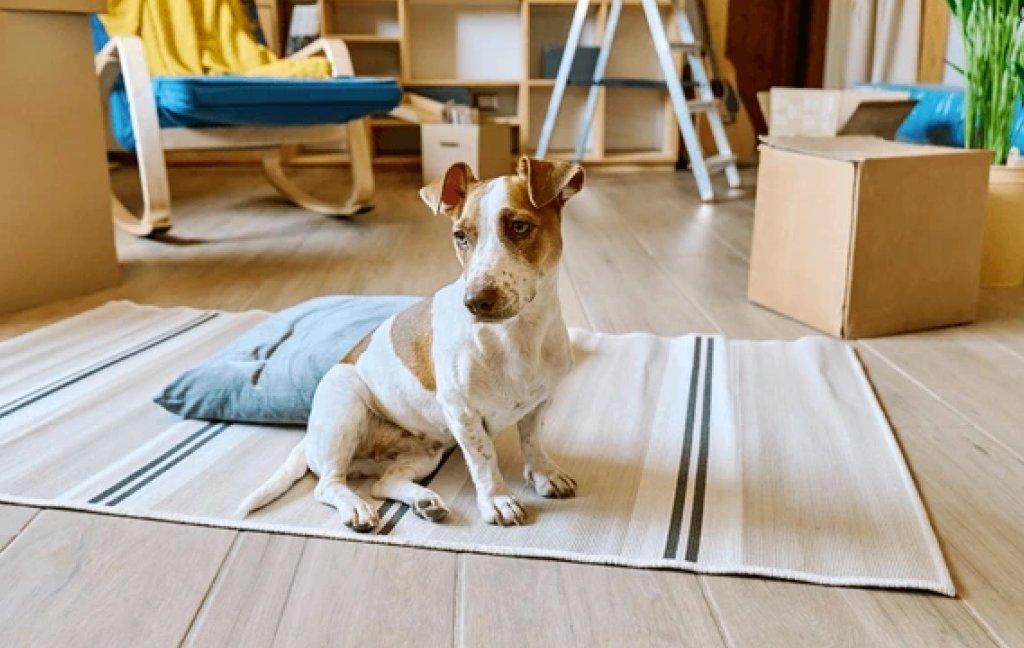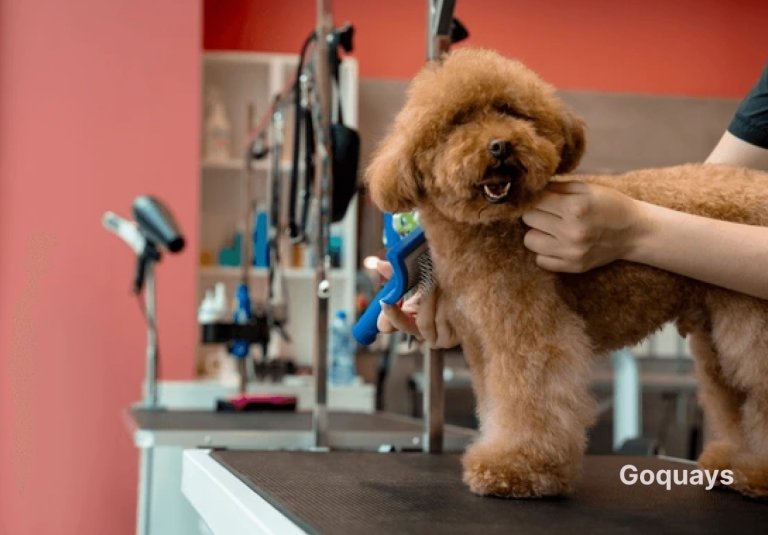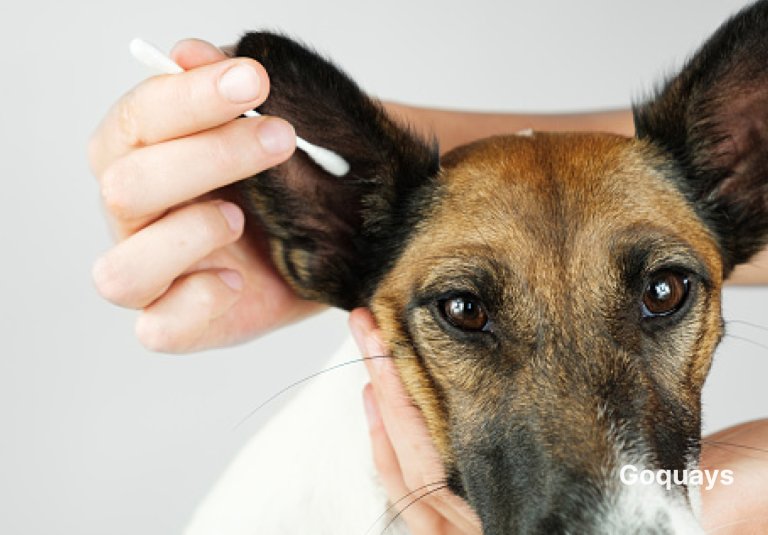Adopting a dog is one of the most rewarding things you can do. You’re not just bringing a pet home—you’re offering a second chance to a furry friend who needs it. Whether you’re thinking of rescuing a stray, adopting from a shelter, or choosing a dog from a breed-specific rescue, the decision can feel exciting and overwhelming at the same time.
There’s a lot to consider: Are you ready for the responsibility? Should you adopt a puppy or an older dog? What kind of breed fits your lifestyle? These questions matter because adopting a dog isn’t just about love—it’s about commitment, preparation, and understanding.
In this guide, you’ll learn everything you need to know about adopting a dog—from finding the right match and understanding the adoption process to preparing your home and starting your journey together on the right foot. Whether you’re a first-time dog owner or adding to your pet family, this guide will help you make confident, informed choices that lead to a lasting bond with your new best friend.
Why Adopt a Dog?
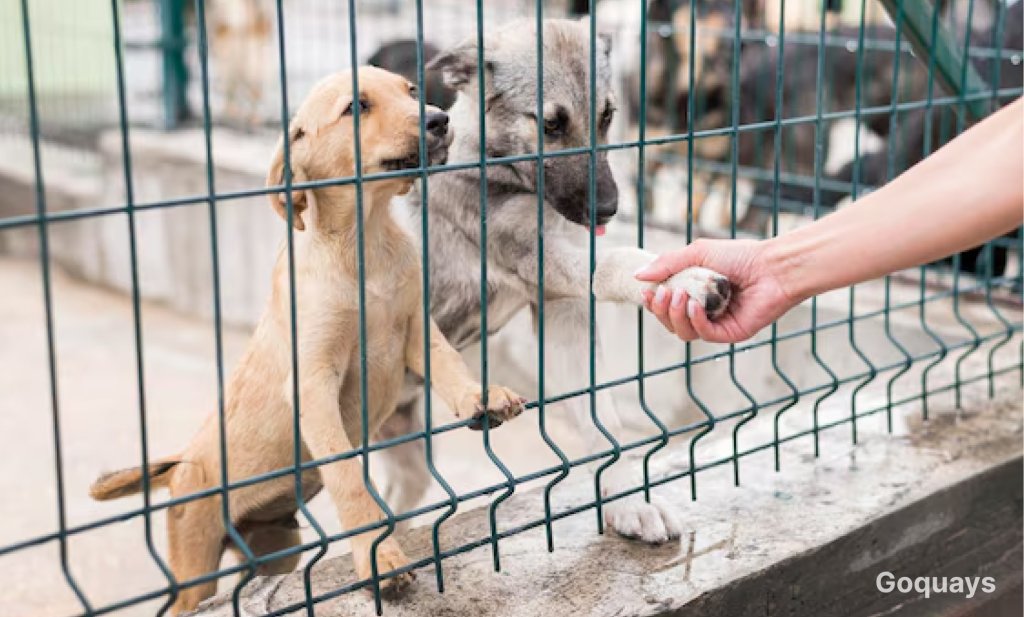
Adopting a dog is more than just bringing home a pet—it’s a powerful act of compassion. Every year, thousands of dogs end up in shelters or with rescue organisations, waiting for someone to give them a second chance. When you adopt, you’re not just gaining a companion—you’re saving a life.
One of the biggest benefits of adoption over buying is the impact it has. Instead of supporting breeding mills or for-profit sellers, you’re helping to reduce the number of homeless pets. You’re also making room in shelters for other animals who need help. It’s a ripple effect of kindness.
Adoption often includes vet checks, vaccinations, and sometimes even training, which can save you money compared to buying a puppy from a breeder. Many adopted dogs are already house-trained or have experience living in homes, making the transition easier for you.
But the real reward? The bond. Dogs who’ve been rescued often show deep loyalty and appreciation. It’s like they know they’ve been given a second chance, and they don’t take it for granted.
So if you’re wondering why adoption matters, remember this: you’re changing a dog’s entire world—and in return, they’ll change yours too.
Should I Adopt a Dog or a Puppy?
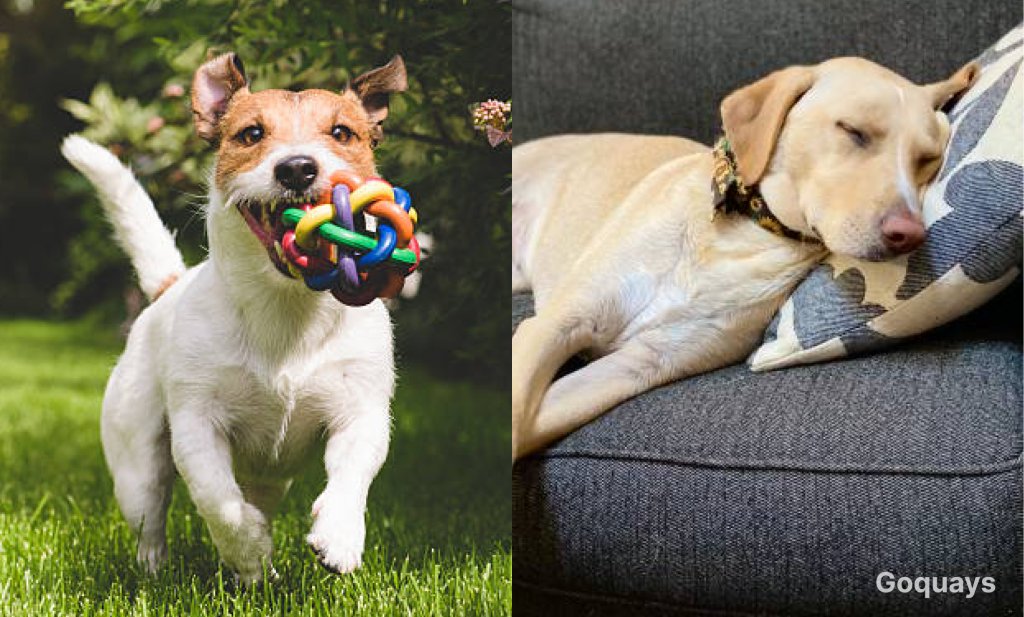
Deciding between a dog and a puppy is a big choice. Each comes with its own set of challenges and rewards. The best fit depends on your lifestyle, time, and patience.
Puppies are undeniably cute, but they’re a lot of work. They need round-the-clock attention, frequent potty breaks, and loads of training. Expect some sleepless nights, chewed-up shoes, and accidents in the house. On the upside, you get to shape their behaviour from the start and watch them grow into your home and heart.
Adult dogs, on the other hand, are often calmer and may already be house-trained. Many know basic commands and have outgrown the bite-everything phase. If you want a pet with a more predictable temperament, an adult dog might be a better choice. They also tend to settle in faster, especially if they’ve been in foster homes.
However, some adult dogs come with baggage. You may have to unteach bad habits or work through trauma. This takes patience, time, and empathy. But don’t let that scare you—most adult dogs adapt beautifully when given a second chance.
Puppy | Pros | Cons |
You raise them your way | High energy and attention needs | |
Easier to mould habits | Lots of training required | |
Long-term companionship | Teething and chewing phase | |
Adult Dog | Pros | Cons |
Usually calmer | Possible behaviour history | |
May already be trained | May take time to adjust | |
Personality is established | Shorter time together (depending on age) |
Things to Consider Before Adopting a Dog
Before you fall in love with a furry face, take a moment to think about your current lifestyle. Are you home often, or do you work long hours? Do you travel frequently or live in a busy household with kids? Dogs thrive on routine and attention, so your daily schedule plays a big part in what kind of dog will suit you best.
Time is a big one. Puppies need constant supervision and training, while adult dogs may need more patience adjusting to a new home. Beyond time, there’s also the financial side. Food, grooming, vet bills, vaccinations, and emergency care all add up over time. Make sure you’re ready for the long haul—because dogs aren’t short-term commitments.
Also think about your living space. Do you live in a flat or have a big backyard? Some breeds need more room to run. If anyone in your home has allergies, make sure you explore hypoallergenic breeds or mixed breeds with lower shedding. And if you already have pets, consider how a new dog might affect the balance. You want to make sure everyone—four-legged or not—can get along.
Understanding Dog Breeds and Temperaments
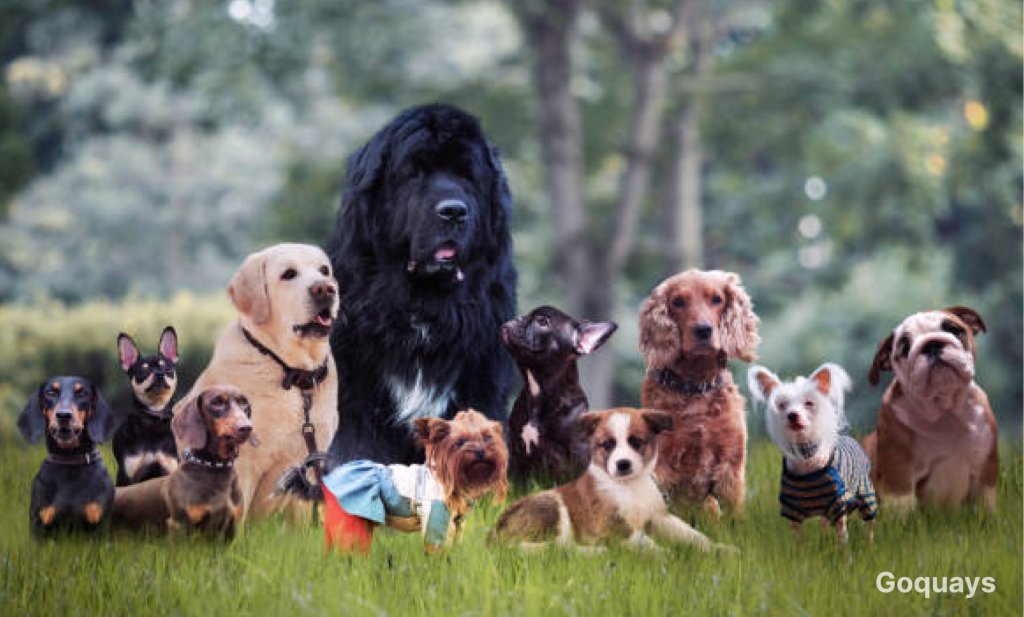
Not all dogs are created equal. A breed’s history plays a big role in how they behave. Herding dogs, for example, are smart and energetic. Guard dogs may be more protective and independent. Knowing what a breed was originally meant to do helps you understand their quirks and needs.
Choose a dog that matches your pace. If you love outdoor activities, an energetic dog like a Border Collie or Labrador might be perfect. If you prefer quiet evenings, a laid-back breed like a Bulldog or Shih Tzu might fit better. Remember—there’s no such thing as a one-size-fits-all dog.
Mixed breeds are often overlooked but can be fantastic companions. They usually have fewer genetic health issues and balanced temperaments. Purebreds, on the other hand, give you a clearer picture of expected size, behaviour, and needs—but that can come with specific health or grooming challenges. Either way, pick a dog that suits your lifestyle, not just one that looks cute in photos.
Deciding Where to Adopt aDog
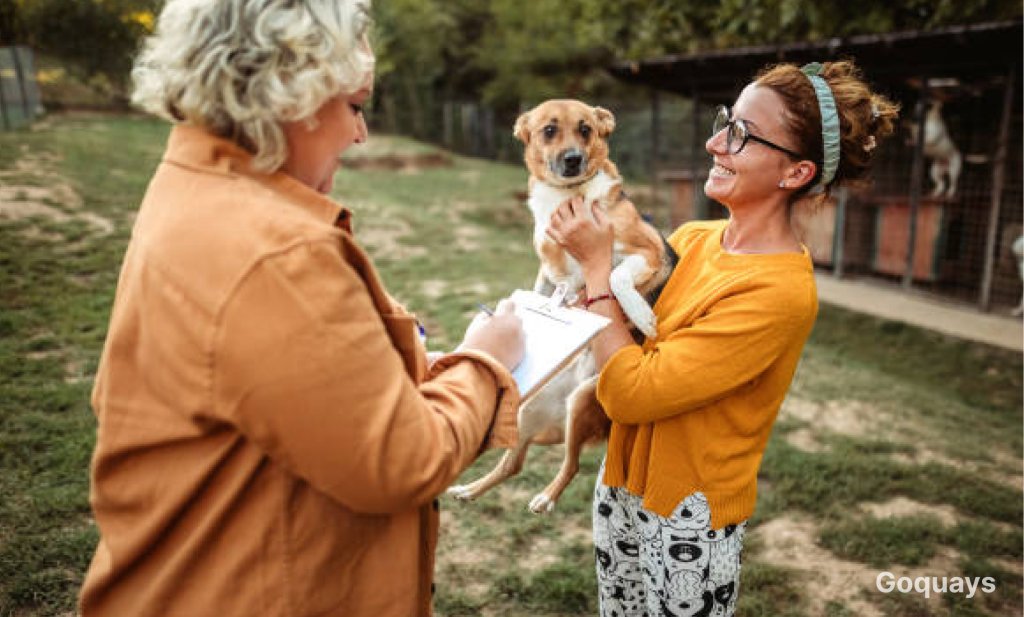
There are several paths to adoption. Local animal shelters often have a wide variety of dogs, from young puppies to older companions. These shelters usually know each dog’s background and temperament, which can help you make a better match.
Rescue organisations—especially breed-specific ones—are great if you’re set on a particular type of dog. They tend to foster dogs in homes, so the animals are already somewhat socialised. You’ll also get a clear idea of how they behave in a home setting.
Then there’s the option of rehoming from individuals or adopting a stray. Just know these routes may come with fewer guarantees about health history or behaviour. Regardless of where you adopt, make sure the organisation is transparent, cares about animal welfare, and supports you through the process.
Finding a Friend for Life
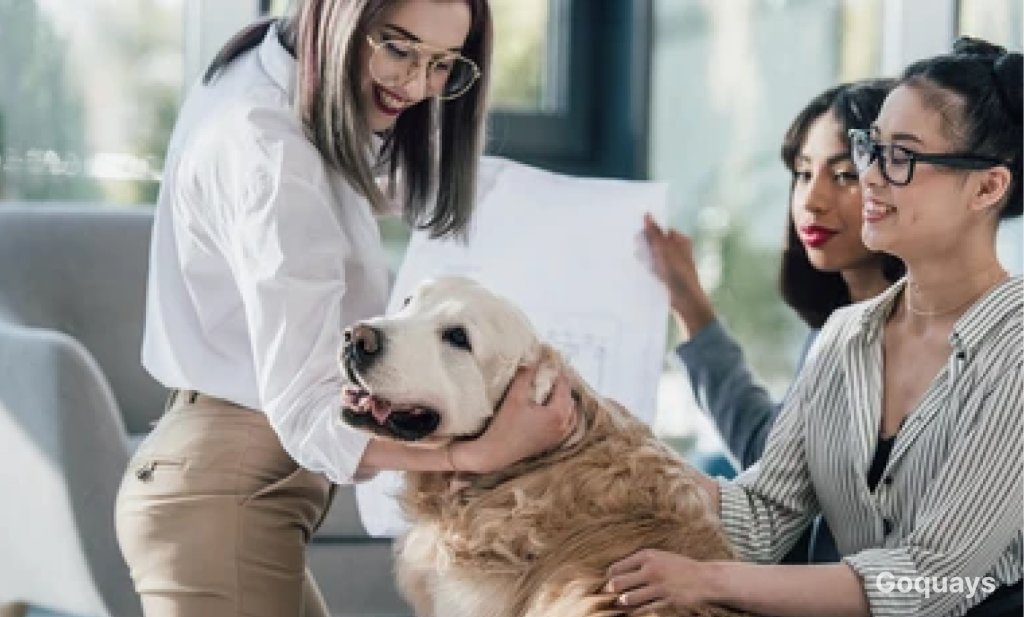
Adoption is about connection. When you meet potential dogs, observe how they respond to you. Are they shy, excitable, calm, or curious? Take your time. It’s better to wait for the right fit than to rush into a mismatch.
Think about your home and energy level. A large, high-energy dog might be too much if you live in a small flat. An older dog may suit a quieter lifestyle. Puppies are cute, but they require endless patience. Consider age, size, temperament, and health when making your choice.
Meet a few different dogs, if you can. Ask questions. Spend time with them in different settings—walk them, sit with them, play a bit. That connection you’re looking for? You’ll know when you feel it. And when you do, you’ll be starting a relationship built to last.
The Pet Adoption Process
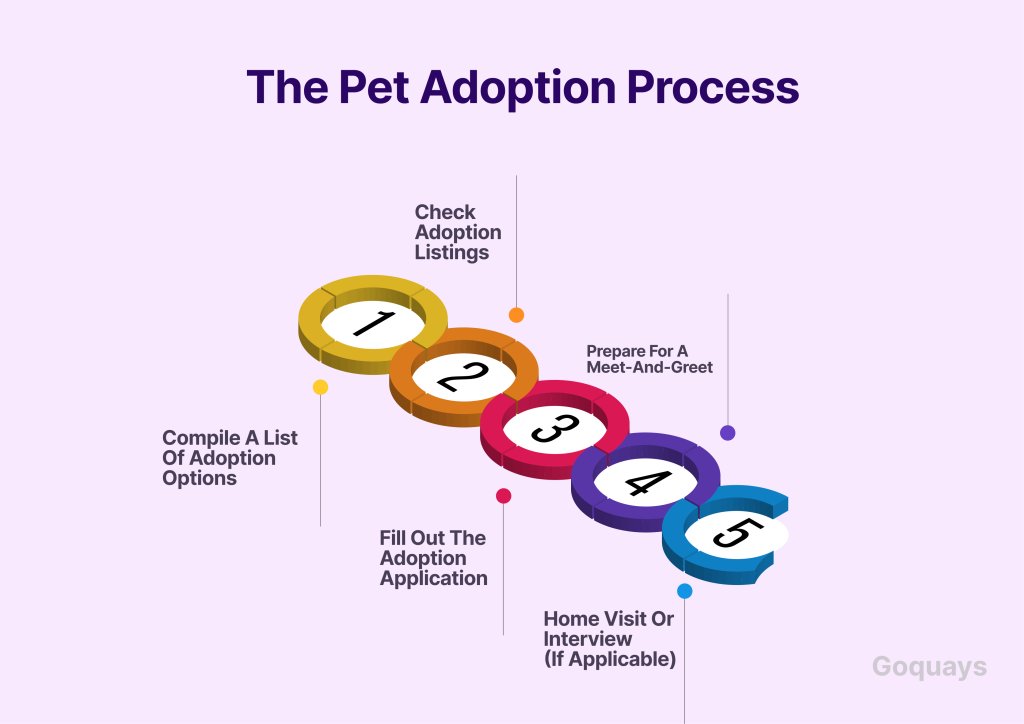
Step 1: Compile a List of Adoption Options
Start by exploring local animal shelters, rescue groups, and reputable adoption websites. Some focus on all breeds, while others specialise in puppies, seniors, or specific types like Greyhounds or Bulldogs. The more places you check, the more likely you are to find a dog that matches your lifestyle.
Step 2: Check Adoption Listings
Once you’ve narrowed your options, begin browsing available dogs. Most websites list photos, names, and short descriptions of each dog. Don’t just skim—read about their backgrounds, personalities, and needs. Some may be good with kids or other pets, while others prefer a quiet, one-dog home.
Step 3: Fill Out the Adoption Application
You’ll likely need to complete an application. This isn’t just paperwork—it helps the shelter understand if you’re a good match. You’ll be asked about your home setup, daily routine, pet experience, and possibly for references. Be honest. The goal isn’t to judge you—it’s to find the best fit for both you and the dog.
Step 4: Prepare for a Meet-and-Greet
If your application is approved, you’ll usually be invited to meet the dog. This is your chance to see how you connect. Keep things calm and low-key. Watch the dog’s body language—are they relaxed, playful, nervous? Give them space if they need it. Don’t expect instant bonding; sometimes it takes a few visits.
Step 5: Home Visit or Interview (if applicable)
Some rescue groups go one step further and ask for a home visit or video interview. Don’t worry—it’s not about perfection. They just want to see where the dog will live, make sure it’s safe, and answer any last-minute questions you may have. Be open, ask questions, and use the visit as an opportunity to prepare for your new companion.
How to Rescue a Stray Dog
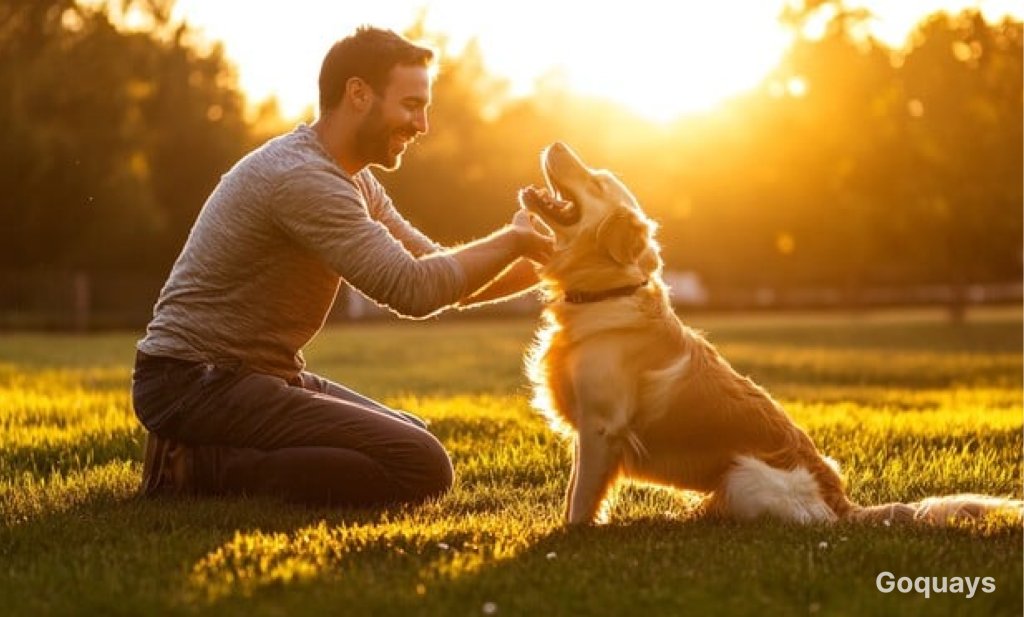
If you come across a stray dog, your first instinct might be to help—and that’s great. But there’s a right way to do it. Approach slowly, staying calm and non-threatening. Use a gentle voice and avoid direct eye contact.
If the dog seems aggressive or scared, don’t push it. Instead, call your local animal control or a rescue group for help. Safety comes first—for both you and the dog.
If the dog is friendly and you manage to secure it, check for ID tags. You can also take it to a vet to scan for a microchip. In the UK, it’s a legal requirement for dogs to be microchipped, so there’s a good chance one is registered.
Keep the dog safe and contained while you contact local shelters or list the dog on lost pet databases. If no one claims the dog after a set period, you might be able to adopt it officially through the local council or a rescue.
How Long Does It Take to Adopt a Dog?
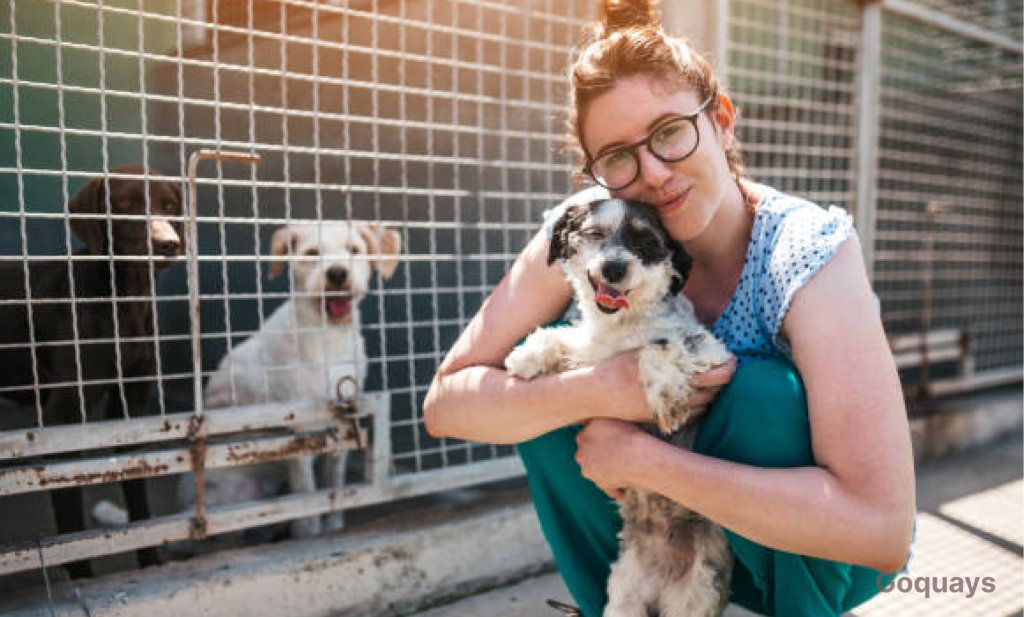
The adoption timeline really depends on a few things. Sometimes, you might meet a dog and take them home within a few days. Other times, the process could stretch over several weeks. It all comes down to the organisation’s policies, the dog’s background, and how ready you are.
Some rescue centres are quick—they ask for an application, maybe a short chat, and you’re good to go. Others are more detailed, requiring reference checks, home visits, or trial periods. These steps aren’t meant to slow you down. They’re just there to make sure it’s the right match for both you and the dog.
Also, the dog’s age can make a difference. Puppies might need more time to be weaned or vaccinated. Older dogs with medical issues might have to complete treatment before going home. In some cases, the dog might already be adopted by the time you’re ready—so timing really is everything.
Being flexible helps a lot. Try not to get discouraged if it takes a while. You’re not just getting a pet—you’re gaining a lifelong companion. And when you finally bring them home, all that waiting will feel worth it.
Does It Cost Money to Adopt a Dog?
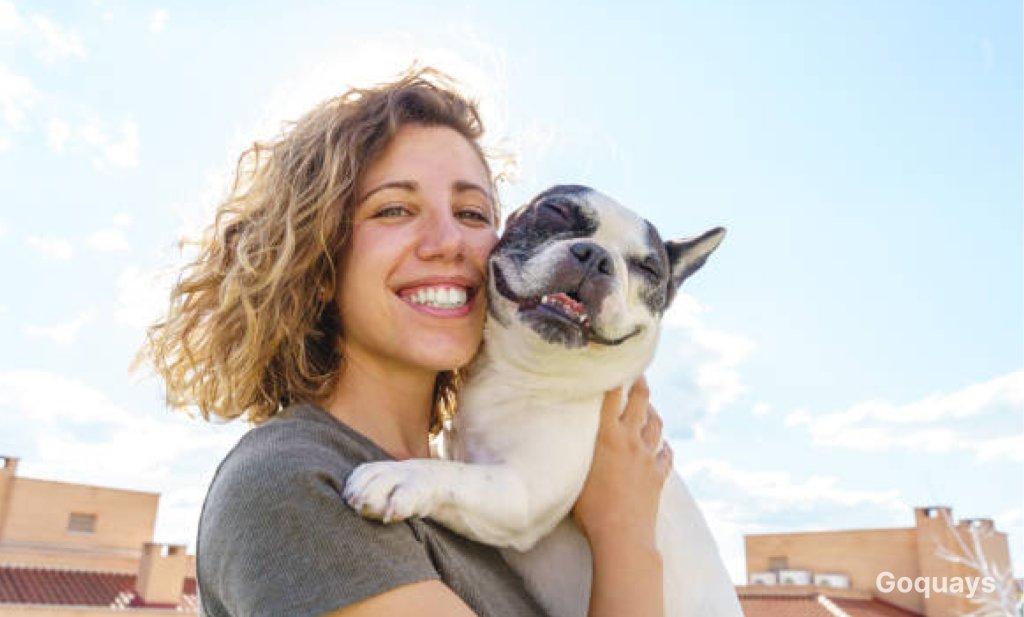
Yes, adopting a dog usually involves a fee—but it’s more affordable than buying from a breeder or pet shop. Expect to pay between £100 and £300, depending on the organisation and the dog’s age or breed. Some puppies or high-demand dogs might cost a little more to cover extra care.
But that fee isn’t just for the dog. Most rescues include a full package: vaccinations, spaying or neutering, microchipping, and even a health check. Some places also throw in a collar, food samples, or basic training advice to help you get started.
If you add up the cost of doing all that yourself, you’ll see you’re actually saving money. And you’re supporting a cause. That adoption fee helps the shelter continue their work—feeding, housing, and treating other animals in need.
So yes, there’s a cost. But you’re not just spending money—you’re changing a life. And that’s priceless.
Preparing Your Home for a Dog
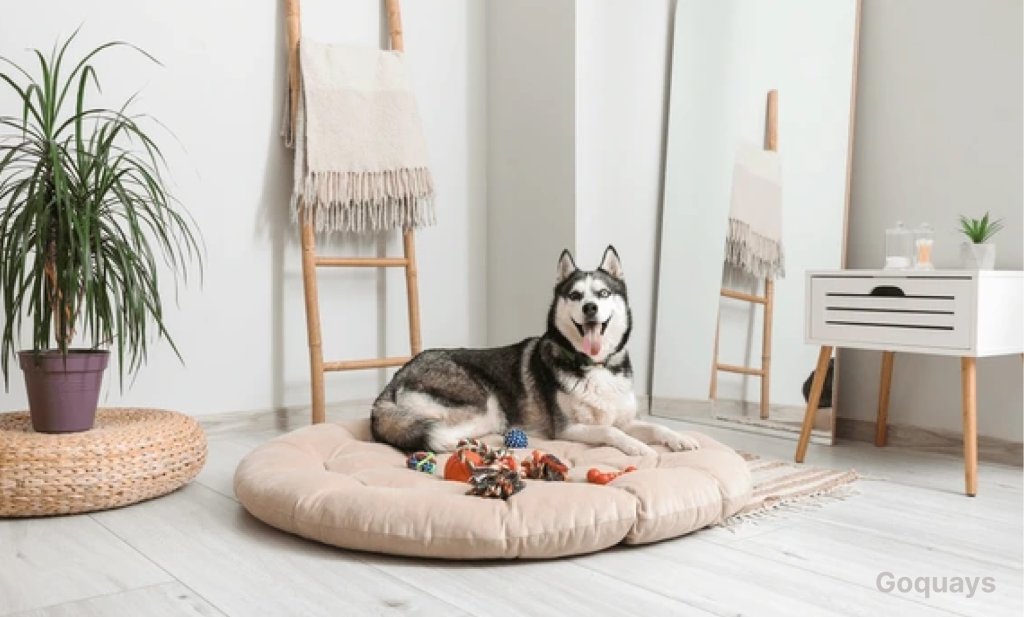
- Get the Right Gear
Before your new dog walks through the door, make sure you’re ready with the basics. You’ll need food and water bowls, a quality leash, a collar with an ID tag, and a comfortable bed. Add a crate if you plan to crate train. Don’t forget chew toys and puzzle games to keep them occupied, especially in the early days.
You don’t have to buy everything at once—just focus on what they’ll need right away. As you get to know your dog, you can pick up extras like grooming tools, long leads, or a harness. Having the essentials in place makes those first few days easier and less stressful.
- Dog-Proof Your Home
Your dog is going to be curious, especially at first. So go through your home at their eye level. Hide away shoes, cables, rubbish bins, and anything breakable. Remove toxic plants and household cleaners from low shelves or under the sink.
If you have stairs or rooms you want off-limits, use baby gates or closed doors to keep things clear. Creating boundaries helps your dog feel more secure and stops them from getting into trouble while they adjust.
- Set Up a Comfortable Space
Pick a quiet corner where your dog can relax without interruption. It could be a corner of the living room, your bedroom, or even a dedicated nook. Add soft bedding, a blanket that smells like you, and a couple of toys.
This space will be their safe zone—a place to unwind and decompress. Avoid making it too isolated, though. Dogs are social and need to feel like part of the family, even when they’re chilling.
The First Encounter
Bringing your new dog home is a big moment—for both of you. The car ride alone might leave them nervous, so take things slow and steady. Don’t expect instant tail wags or excitement. Let them take in the sights, sounds, and smells at their own pace.
When you arrive, keep your energy calm. Speak gently and avoid loud voices or quick movements. Let your dog explore one area at a time. Too much space too soon can be overwhelming. If possible, lead them straight to the spot you’ve set up as their quiet zone with a comfy bed and fresh water.
Avoid crowding them with new faces. Stick to the immediate family for the first day or two and limit activity around the dog. If you have children, teach them to move slowly, speak softly, and never chase or grab the dog. A calm introduction sets a respectful tone from the start.
If you have other pets, keep introductions gradual and supervised. Start with short, leashed meetings in neutral spaces like the garden or hallway. Let them sniff and assess each other without pressure. Look for relaxed body language—soft eyes, wagging tails, and interest without tension. If things seem strained, separate them and try again later.
Above all, don’t rush it. Let your dog come to you in their own time. You’re building the first layer of trust, and how you handle this moment can shape your entire relationship moving forward.
Preparing for the Long-Term
Adopting a dog is a beautiful commitment—but it’s a long-term one. You’re signing up for years of companionship, care, and responsibility. That means looking beyond the excitement of adoption day and thinking about what your dog will need in the months and years ahead.
Start with the basics. Schedule a vet appointment within the first week. This allows you to catch any early health issues and stay current with vaccinations, flea and tick protection, and worming. Consider pet insurance—it helps with emergencies and makes routine care more affordable.
Next, build structure into your dog’s day. Dogs love routine. Feed them at set times, take regular walks, and create habits around potty breaks and bedtime. This predictability helps them feel secure and reduces anxiety.
Don’t forget mental enrichment. Dogs need to think, not just run. Incorporate training sessions, interactive toys, and scent-based games into your day. Even five-minute training drills reinforce your bond and burn off energy.
Over time, your bond will deepen. Spend quiet moments together. Talk to them, pet them, praise them for small wins. Trust builds slowly, but once it’s there, it transforms your dog from a rescue into your most loyal friend.
This isn’t just about surviving the early days—it’s about thriving together in the long run.
Take Your New Dog Home
The moment you finally take your new dog home can feel surreal. All the paperwork’s done, the decisions made—and now the real journey begins. The first few days might be a rollercoaster of behaviour. Your dog may be curious, cautious, clingy, or completely withdrawn. It’s all normal.
Focus on creating calm and consistency. Keep the environment quiet and the routine predictable. Feed at the same time each day, and take your dog out often, especially after meals or naps. Use the same words for commands so they can start learning your language from day one.
Set rules and stick to them. If you don’t want them on the bed or chewing shoes, make that clear gently but firmly. Dogs love clarity—it helps them feel safe. Avoid making too many exceptions early on. It’s harder to correct behaviours later than to prevent them from the start.
Give them space to decompress. It can take days—or even weeks—for a rescue dog to feel truly safe. Avoid hosting parties or taking them to busy parks right away. Let them settle, observe, and build trust in their new surroundings.
Most of all, be patient. Let go of expectations and focus on connection. Every day, your dog will learn a little more about you, and you’ll learn about them. Eventually, you’ll wake up one day and realise—they’re home.
Conclusion
Adopting a dog isn’t just about getting a new pet—it’s about changing a life. It’s about opening your home and your heart to a dog who needs a second chance. That kind of choice takes thought, time, and a whole lot of love.
You’re not just picking out a companion. You’re stepping into a long-term commitment. There will be challenges—chewed shoes, sleepless nights, and maybe even a few tears. But there will also be tail wags, quiet cuddles, silly moments, and unconditional love that makes everything worth it.
So take it slow. Do your research. Ask questions. Talk to shelter staff. Meet different dogs, and don’t feel rushed to decide. Get your space ready, and be honest about your time, energy, and lifestyle. Adoption isn’t about perfection—it’s about compatibility and commitment.
When the right dog finds you, it won’t feel forced. It’ll feel like coming home—for both of you. That first tail wag, the first time they rest their head on your lap, the first walk where they stick by your side—those are the signs you’ve found your match.
Adoption isn’t the end of the journey. It’s the beginning of a beautiful bond. And if you’re ready to put in the time, patience, and care, you’ll gain more than a pet. You’ll gain a loyal friend, a loving companion, and a story worth telling for years to come.

